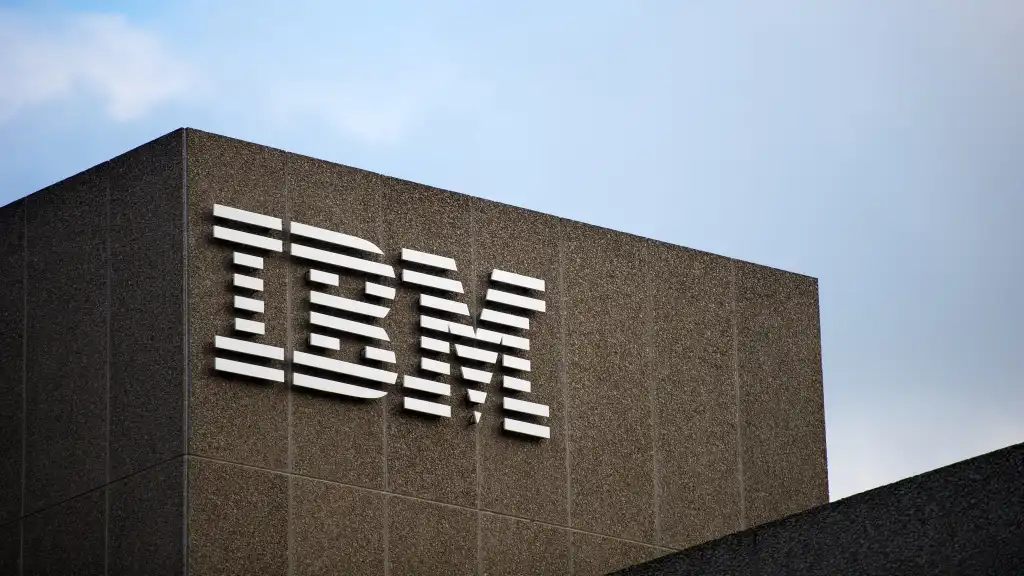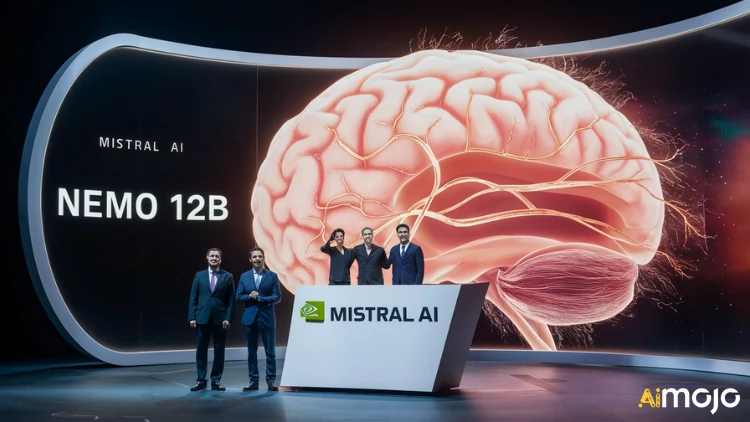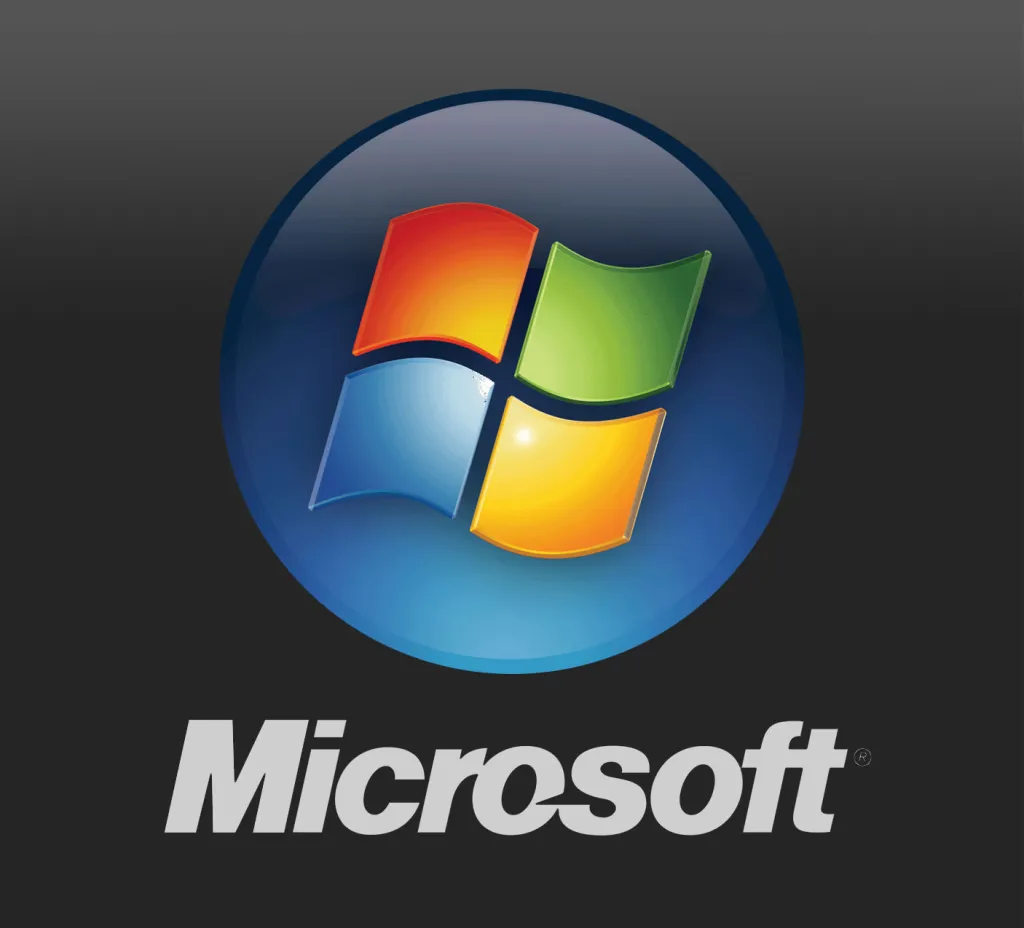Apple is starting to integrate generative AI into the chip design process, a move aimed at speeding up development and reducing complexity. Hardware chief Johny Srouji confirmed the shift during a speech in Belgium, calling AI a major productivity boost for engineers designing increasingly sophisticated chips.
The company relies heavily on tools from electronic design automation (EDA) firms like Synopsys and Cadence, both of which are adding more AI capabilities to their platforms. These tools help Apple accelerate chip creation while managing intricate design challenges.
From the A4 to Vision Pro: A brief history of Apple’s chips
Srouji also offered a rare glimpse into Apple’s chip design timeline, starting with the A4 chip that powered the iPhone 4. Since then, Apple has expanded its chip portfolio to the iPad, Apple Watch, Macs, and now the Vision Pro headset. He emphasized that while hardware is central, the real innovation lies in the increasingly complex coordination of design between software and hardware—something AI can help streamline.
Apple’s new AI server chip project: Baltra
In parallel with its device chip innovation, Apple is working with Broadcom to develop its first server-class AI chip, internally named Baltra. This chip will be used in Apple’s private cloud infrastructure to support cloud-based AI features for its new “Apple Intelligence” services across iPhones, iPads, and Macs.
Unlike on-device chips, Baltra will handle heavier AI tasks in data centers, allowing Apple to maintain user privacy while delivering robust performance behind the scenes.
On-device vs. cloud-based AI: The hybrid model
Apple is taking a hybrid approach to AI: running lightweight tools on-device while offloading heavier AI computations to private cloud servers. This approach, branded as “Private Cloud Compute,” aims to maximize privacy without sacrificing capability. Apple claims user data remains anonymous and secure throughout the process.
A high-stakes bet on in-house silicon
Apple has a history of bold hardware moves. Its transition from Intel to Apple Silicon was made without a fallback plan. Srouji said the same confidence now extends to the AI-driven chip design era, where Apple is again betting big—this time on AI’s potential to accelerate and refine development workflows.
AI-powered tools from EDA partners are key
While Apple creates its own chips, it still depends on Synopsys and Cadence for the AI-enhanced software tools that make those designs possible. Synopsys recently launched AgentEngineer, which uses AI agents to handle tedious, repetitive tasks, allowing engineers to focus on strategy and creativity. Cadence is also upgrading its AI offerings, as both firms compete to serve AI-forward hardware teams like Apple’s.
Talent, tools, and production: What’s next
To keep pace with AI-assisted chip design, Apple will need new engineering talent with hybrid expertise in hardware and machine learning. Meanwhile, production will still rely on partners like TSMC, but Apple appears to be bringing more design responsibility in-house.
This shift gives Apple greater control over performance, security, and system integration—cornerstones of its growing AI infrastructure.
Source: https://www.artificialintelligence-news.com/news/apple-ai-chip-design-automation/









